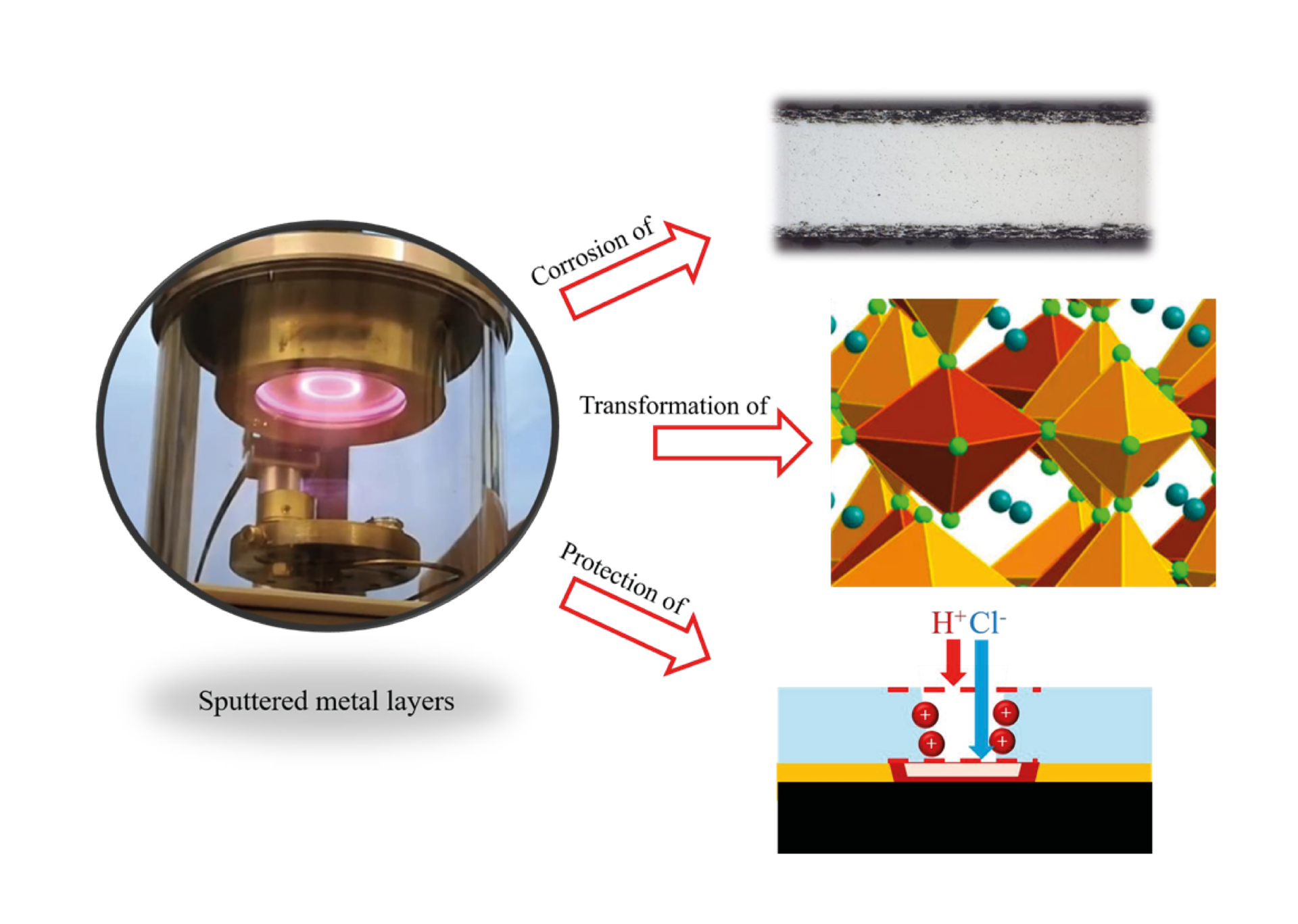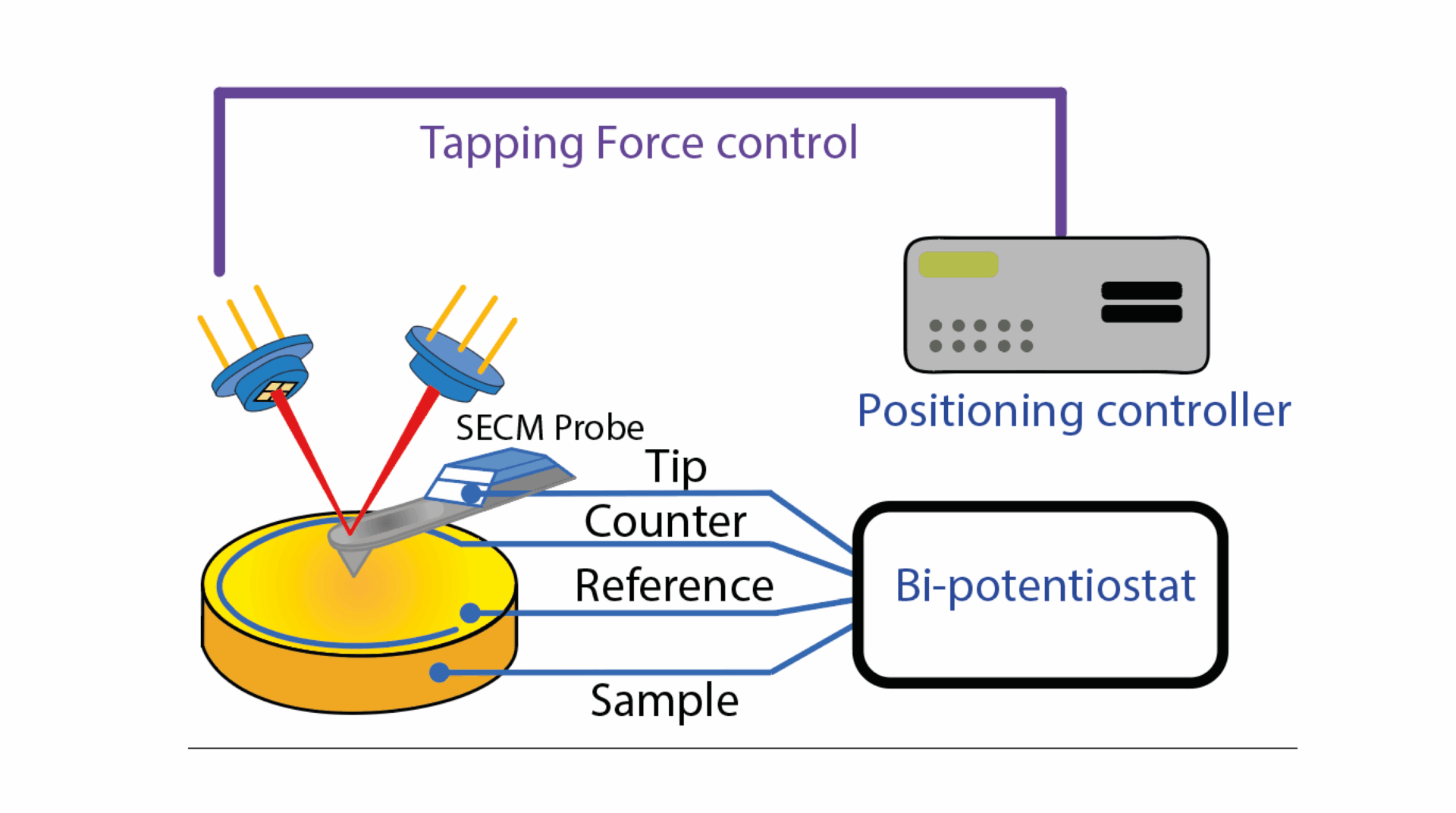PCS
Physical chemistry of surfaces
The research conducted by the Physico-Chemistry of Surfaces (PCS) team at IRCP focuses on the structure, chemical composition, and properties of metal and alloy surfaces, as well as metal/gas and metal/liquid interfaces, from the atomic to the macroscopic scale. The objective is to understand the mechanisms of localized reactions occurring on surfaces and at interfaces by combining fine structural and chemical characterization, kinetic measurements, and atomistic modeling and simulation using DFT. This approach, centered on degradation phenomena, enables the development of innovative strategies to improve the durability of metallic materials.
Research areas include:
- Nanostructure and reactivity of metallic and oxidized surfaces: Study of nanometric structures and their influence on surface chemical reactivity.
- Surface electrochemistry and corrosion mechanisms: Analysis of electrochemical processes occurring at interfaces and understanding corrosion mechanisms of metals and alloys.
- Bio-interfaces: Investigation of interactions between metallic surfaces and biological environments, particularly regarding biocorrosion and surface functionalization for biomedical applications.
- Modeling and simulation of the structure and properties of metallic and oxidized surfaces: Use of theoretical methods and simulations to explain and predict surface and interface properties.
Key application areas include:
- Materials for energy (H₂, nuclear, batteries)
- Materials for CO₂ transport and storage
- Corrosion protection of metallic surfaces
- New alloys with innovative surface properties
- Health and environment through surface functionalization
Members
•Antoine Seyeux
•Davide Ceratti
•Dominique Costa
•Anouk Galtayries
•Philippe Marcus
•Dimitri Mercier
•Jolanta Swiatowska
•Frederic Wiame
•Sandrine Zanna
Paltforms and equipment
Chemical characterization of surfaces platforms:
– XPS
– ToF-SIMS
– STM, EC-STM, AFM




